Review on the Sapphire Radeon RX 5700 8192Mb PULSE OC
7 min readGreetings to all! I am writing a review in order to share the joy of the purchase and help determine the potential buyers of the RX 5700 Pulse from Sapphire. I will not write about the declared characteristics, the number of connectors and everything that can be found in the public domain, in the product description, as well as on the manufacturer’s website. In the end I’ll talk about overclocking and testing.
Out of the box, the card looks as follows. With films, everything is as it should be:
When buying, priority was silence and this was the reason for choosing a version without XT (less heat – less fans strain). I was worried about the noise of the video card itself and prepared myself in advance that it would be the noisiest component in the PC. Currently there are 4 fans in the assembly – 2 for blowing, 1 for the processor and 1 for blowing. My fears were in vain. More about this later.
The card is slightly longer in length than the ATX motherboard – there should be no problems installing it in the case. However, it is quite wide. More than 15 cm from the wall of the case to the edge with connected connectors. (almost catches up with a tower with its 16.5-17cm) But in most buildings problems should not arise.
I want to note that Sapphire video cards very often have this arrangement of radiator fins – parallel to the movement of the air flow. Despite the fact that it’s unlikely that it will be possible to blow through all the turntables, but in my opinion, it’s much better for the temperatures of the motherboard chipset (the radiator is directly opposite the video card) and for m2 ssd, if any. Because the air comes out to a greater extent either in front or behind, through the grill. Yes, of course, the video card itself is like a hot cake 🙂 Including because of the metal backplate, but this does not greatly affect the temperature inside.
About noise
There are two BIOSes in the card. The left position is silent, the right position is dispersed. Great growth, as it seems, is not. But, in fact, he did not go too much. The reason for this is that the card originally came with the BIOS in silent mode. I don’t know if this is normal or not. Perhaps AMD really wanted all the vendors to prove the silence of their cards. In the photo, the regulator is in the overclocked position, but left a quiet option for itself.
By the way, about changing the BIOS. It works strangely and here, apparently, it is worth saying “thanks” to the drivers, or maybe I didn’t really figure it out. In theory, you need to turn off the computer, switch the BIOS, then turn on and see the result. In fact, even a complete disconnection from the power supply didn’t help much. But the driver crashes helped (as a result of unsuccessful overclocking). After a reboot, the system says that the settings were reset to the default settings and in this situation the BIOS also reacted.
Moving on to fans and standard settings. This is 1750 core, 1039 mv voltage and a curve from 12% to 45% of the speed.
Furmark run results for stock settings in a quiet BIOS and for my current settings. Monitoring averages in Wattman.
| Monitoring + Furmark | Stock | Underwolving | Difference |
| GPU | 1670 | 1590 | -4.79% |
| Memory | 872 | 900 | + 3.11% |
| Temp | 69 | 67 | -2.9% |
| Tjunction (average) | 76 | 73 | -3.95% |
| Tjunction (peak) | 81 | 75 | -7.41% |
| Fan (RPM) | 1463 | 1163 | -20.51% |
| Power (W) | 148 | 127 | -14.19% |
| Test time | 8 minutes | 18 minutes | |
| Valley benchchmark | |||
| Medium FPS | 64 | 62,2 | -2.81% |
| Number of points | 2677 | 2603 | -2.76% |
| Minimum FPS | 32.6 | 27.8 | -14.72% |
| Maximum FPS | 119.4 | 117.3 | -1.76% |
You can see that the temperature during undervolting is lower, despite the reduced fan speed. This suggests an opportunity to further reduce the speed, but 1163RPM for 95 mm turntables and so funny. Therefore, if you wish, you can increase the frequencies in the future 🙂 By the way, about frequencies and settings.
I use the following settings:
- 1650 Mhz core;
- 916mv voltage (Furmark ran at 906mv, but the main benchmark for my system;
- The Division 2 ordered to smoke aside and I had to add a bit);
- Twirl speed from 12% to 26%.
Also tested 1850mhz + 1000mv. This is something like the correct undervolting, which gives a performance boost while maintaining energy consumption 🙂 I got + 2.5% in the benchmark. But these settings were not tested in games, it’s hard to say about stability.
| GPU | 1800 |
| Memory | 875 |
| Temperature | 72 |
| Junction | 80 |
| Fan | 1239 |
| Power | 147 |
| Valley | |
| Medium FPS | 65.6 |
| Number of points | 2745 |
| Minimum FPS | 32.8 |
| Maximum FPS | 122,4 |
40 minutes results in The Division 2:
FPS in The Division 2 in conjunction with Ryzen 5 2600 was over 60, with a resolution of 2560×1440, subsidence was observed only in open areas with lots of vegetation. Settings “optimized ultra” with a decrease in some particularly voracious but not spoiling the picture. If you wish, you can reduce the rendering from 100% to 85% and in general everything is beautiful and fast 🙂 However .. You will find it in all the reviews on the RX 5700. During the game there was an average consumption of 107 watts, which is ridiculous. If you enable vertical synchronization, then there will be even less. I did not turn it on because of the desire to check the temperatures in the maximum possible real scenario. To be precise, the temperature of the GPU memory. They scare with their values when running Furmark, but everything was fine in the game – 72 degrees. I have not seen above.
By the way, I almost forgot to say about chokes. At night, in absolute silence, you can hear this high-frequency squeak if you listen and if you are still setting up a card and it is stuck in an open case under your ear. After I closed the case and used the system as usual, I stopped hearing them. And yes, this is another reason for choosing a non-XT version. The higher the power, the greater the current strength on the chokes and the more likely it is to hear a buzz. In any case, so in theory. If you imagine that the XT also succumbs to reducing power by 60 watts from the nominal (to 165 watts), then you can not worry.
A little about undervolting from a teapot for dummies
The essence of undervolting is to reduce voltage so that consumption from the outlet and, accordingly, heat dissipation are lower. This reduces the noise of an already quiet cooling system.
The technique is simple :
- We determine the priority. If frequencies are important, then first we set the desired ones, and then we look for the lowest possible voltage at which there will be no artifacts in Furmark.
- After each change, save the profile so that then you don’t have to set everything again after a failed reboot.
- By the way, if you see artifacts – immediately turn off the “donut” and raise the voltage by a couple of points (you can give +5). Because usually, a number of artifacts cause the driver to crash.
- After you find the voltage at which Furmark does not fall in 10 minutes, proceed to testing in games. If the driver hangs tightly or the driver dumps, then increase the voltage a little more after a reboot.
- All games behave differently, but if you have overclocking experience, you probably already know games that are especially demanding on stability. I have it The Division 2.
Software and possible problems
Most likely you will not encounter software problems if you install Windows from 0, with downloading the latest versions of programs;) And yes, I have not seen any crashes, crashes and other things so far, except for the overclocking)
- Before installing the AMD driver, especially if there was an NVidia card in the PC before, you should use DDU (Display Driver Uninstaller) to cleanly remove previous firewood.
- If the monitoring software was installed on the PC, then you need to update it, otherwise you will not see anything on the card.
- MSI Afterburner may interfere with AMD’s standard utility – Wattman. After a reboot, the settings are not saved, which was cured by removing Afterburner.
The Trixx utility from Sapphire turned out to be useless so far. Trixx Boost does not work very well, except that RIS (Radeon Image Scaling) allows you to enable it. Supported on Vulkan and DirectX12.
Total
Satisfied with the purchase, received what I expected, even more. Fortunately, a terrible experience, as with the Vega 56 did not happen. Just inserted a card and everything started without dancing with a tambourine, without a terrible crack of throttles and noise from the cooling system. Only the first driver installation was very, very long, but the reasons are unknown. Now you can safely play in 1440p – the calculation was on Cyberpunk 2077 🙂 And, by the way, so that the impression of a purchase is not spoiled by microfreezes in games that are blamed for the lack of free, uncached RAM, try ISLC (Intelligent Standby List Cleaner). In my case, the majority of the gap and micro-braking heals).
I wish you all a happy shopping!
The article is written on the basis of materials of this site.
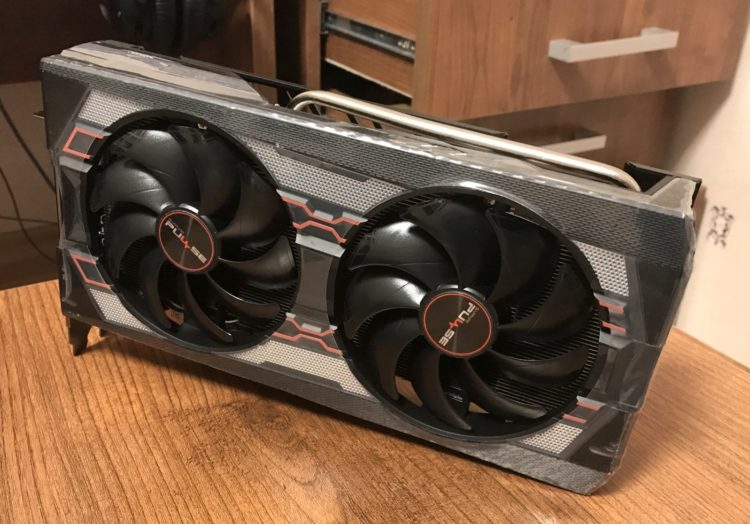
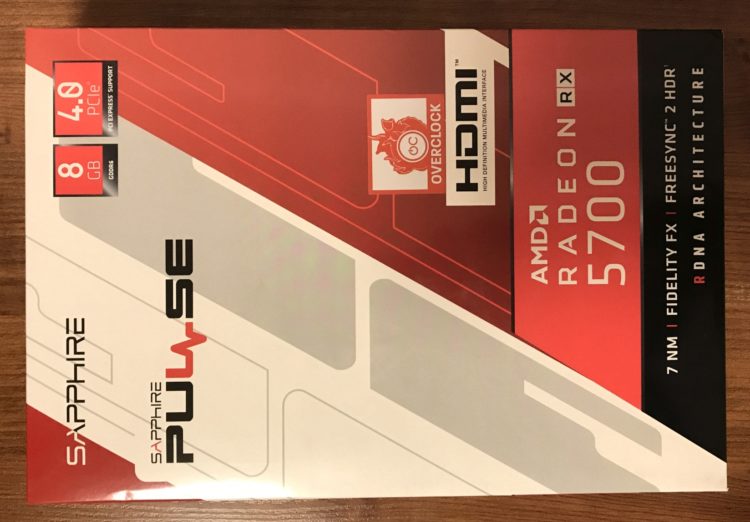
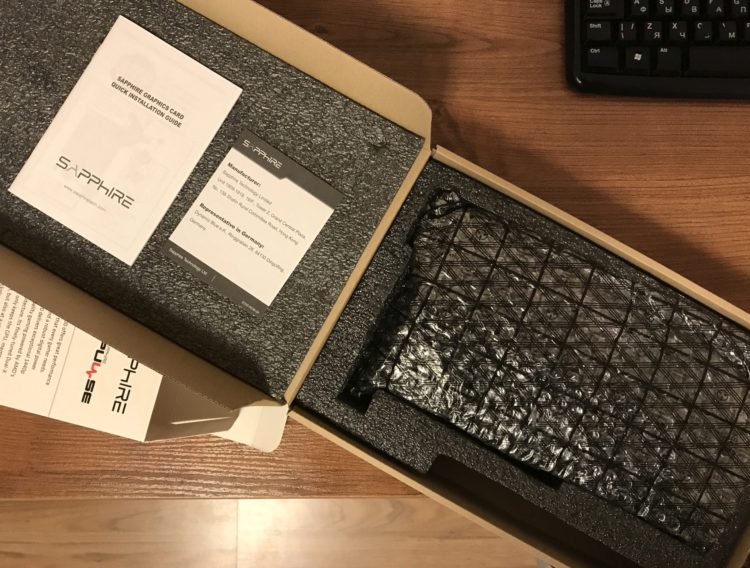
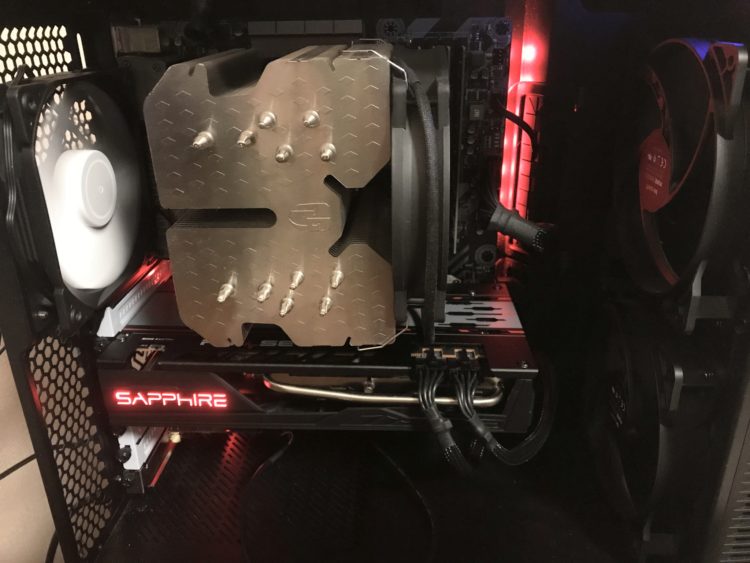
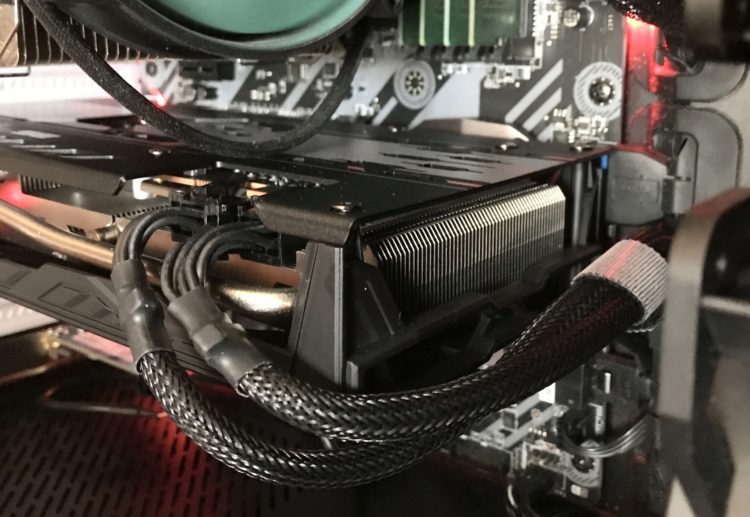
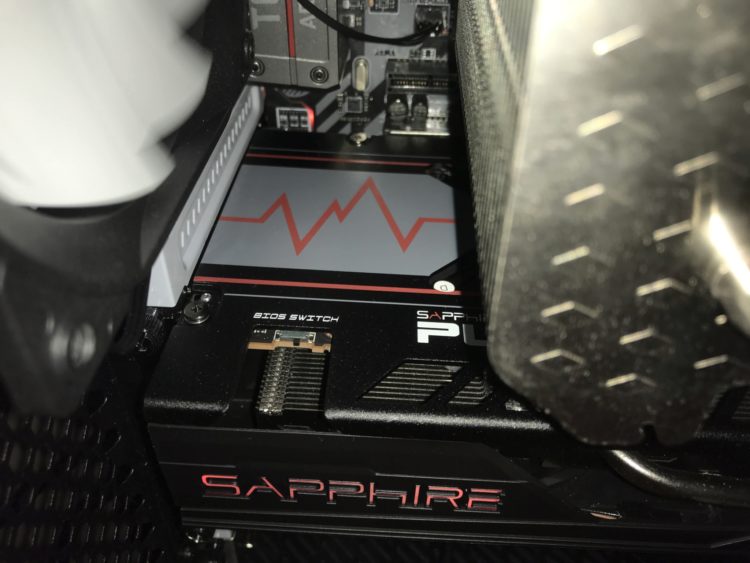
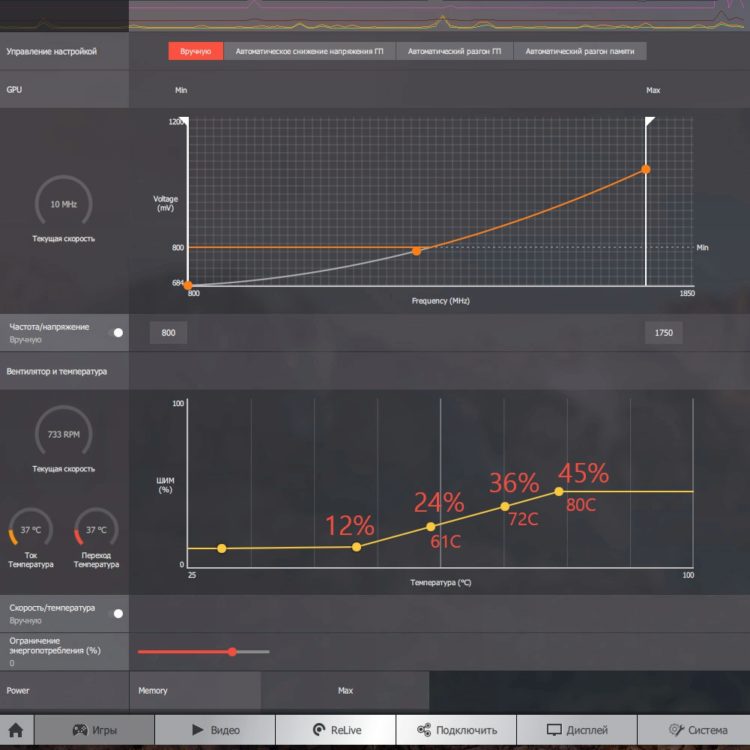
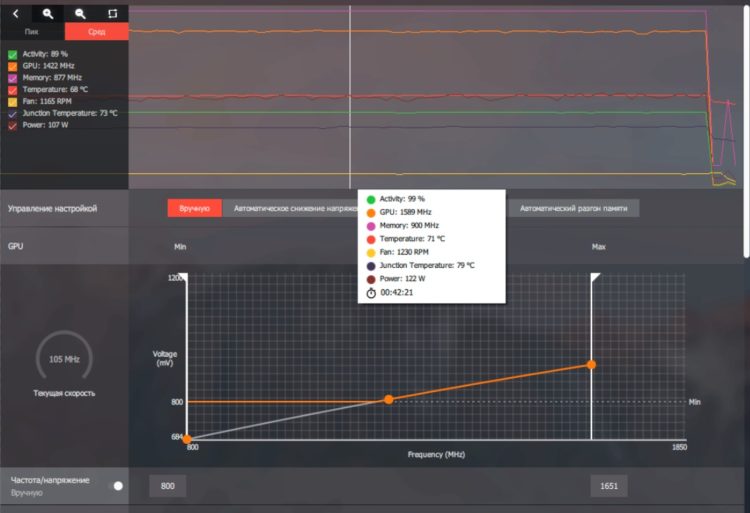
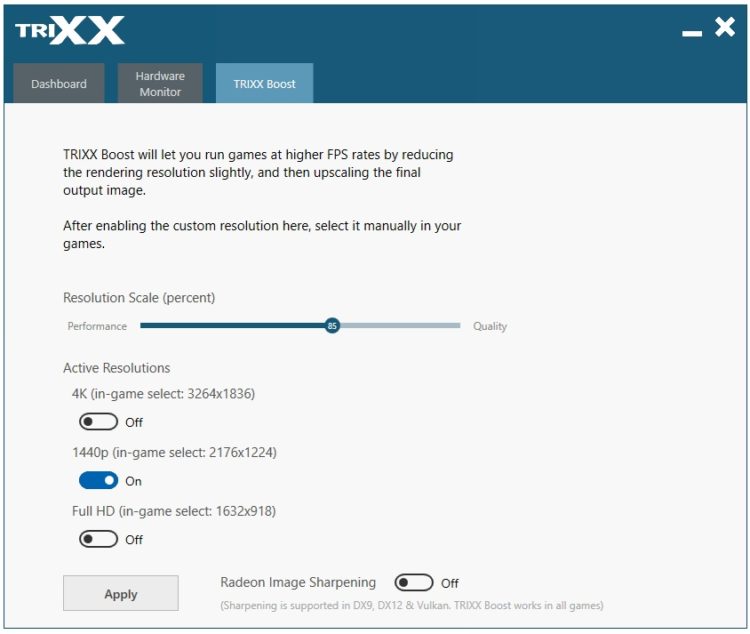
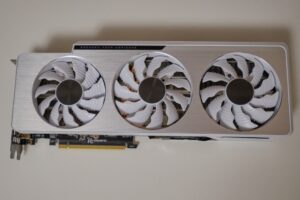
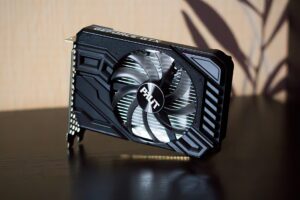
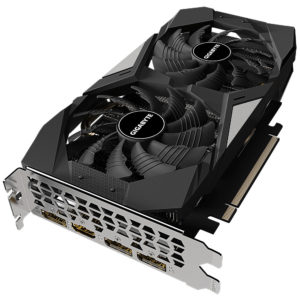
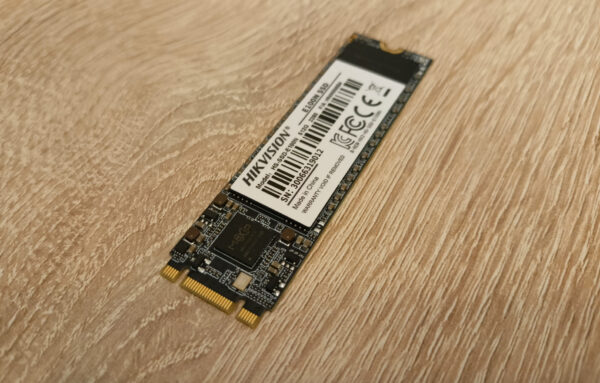


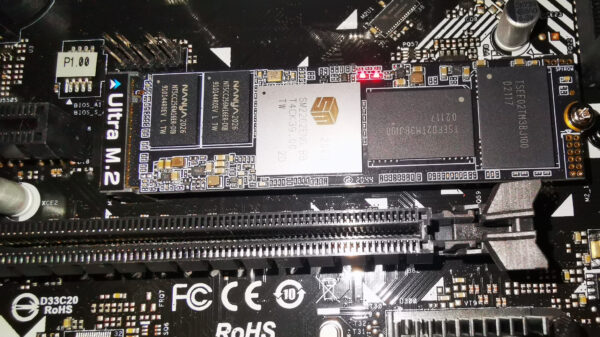
hello, RX 5700 Pulse, non-XT model, I would be very grateful if you could give information about the thermal pad dimensions.